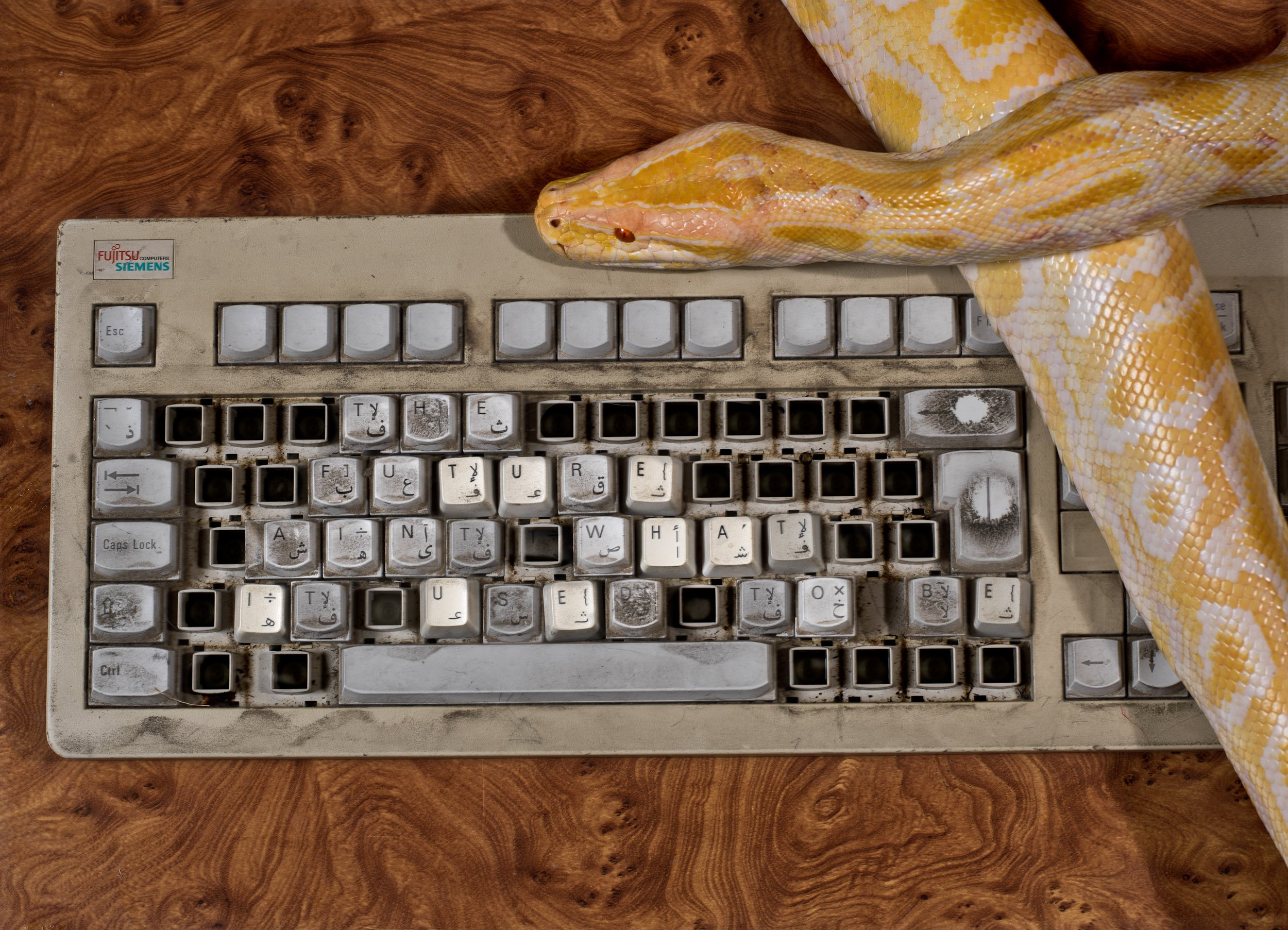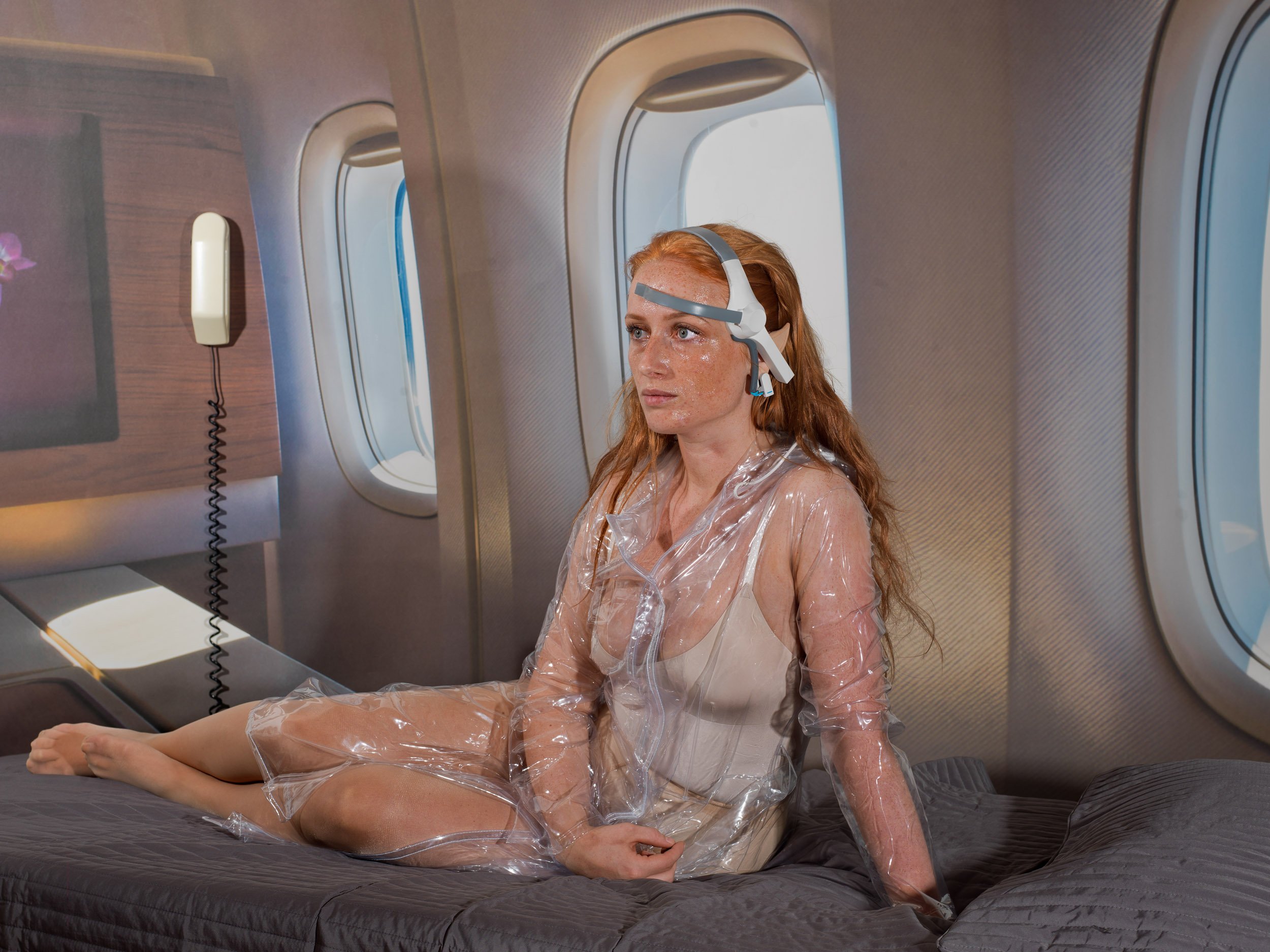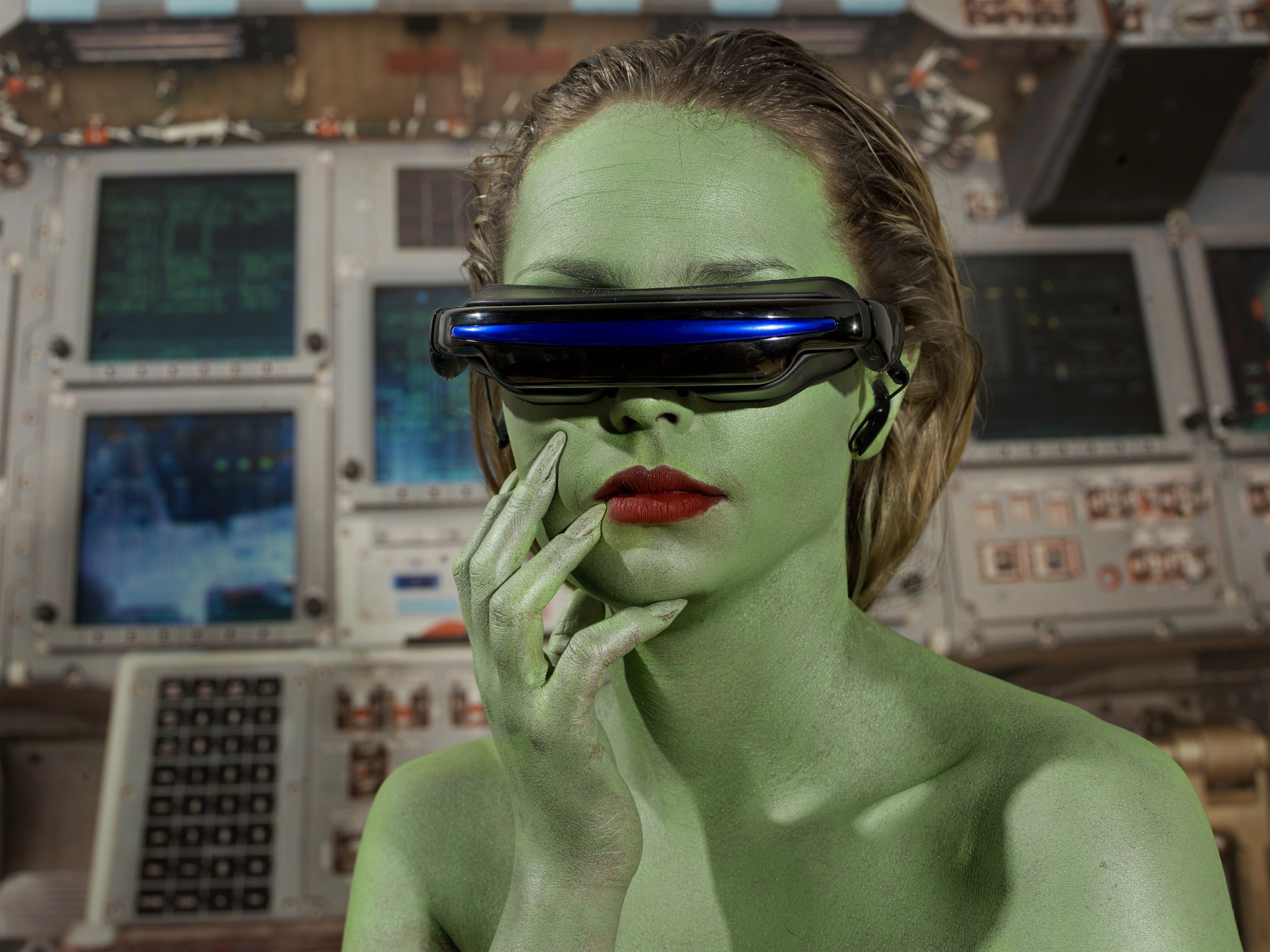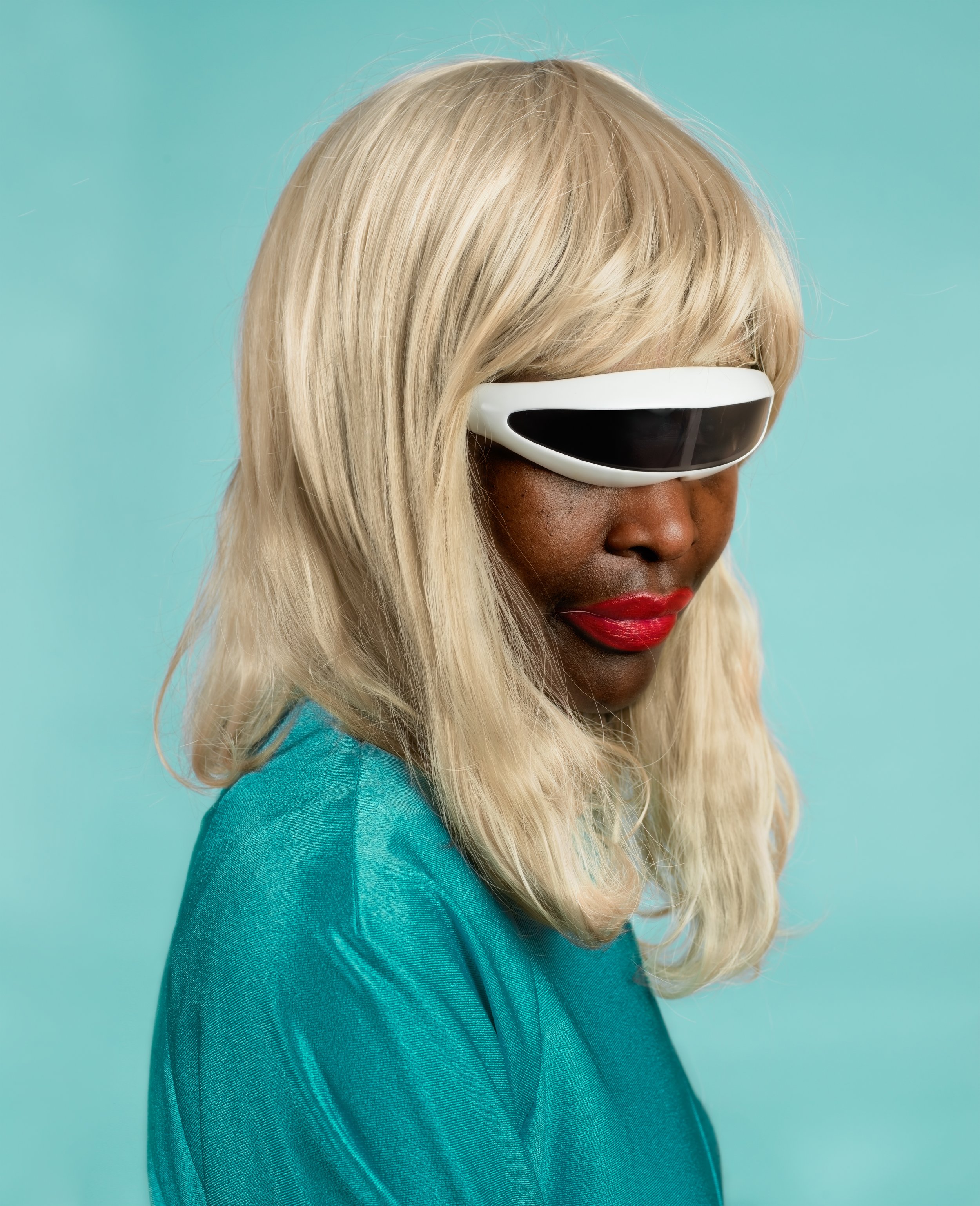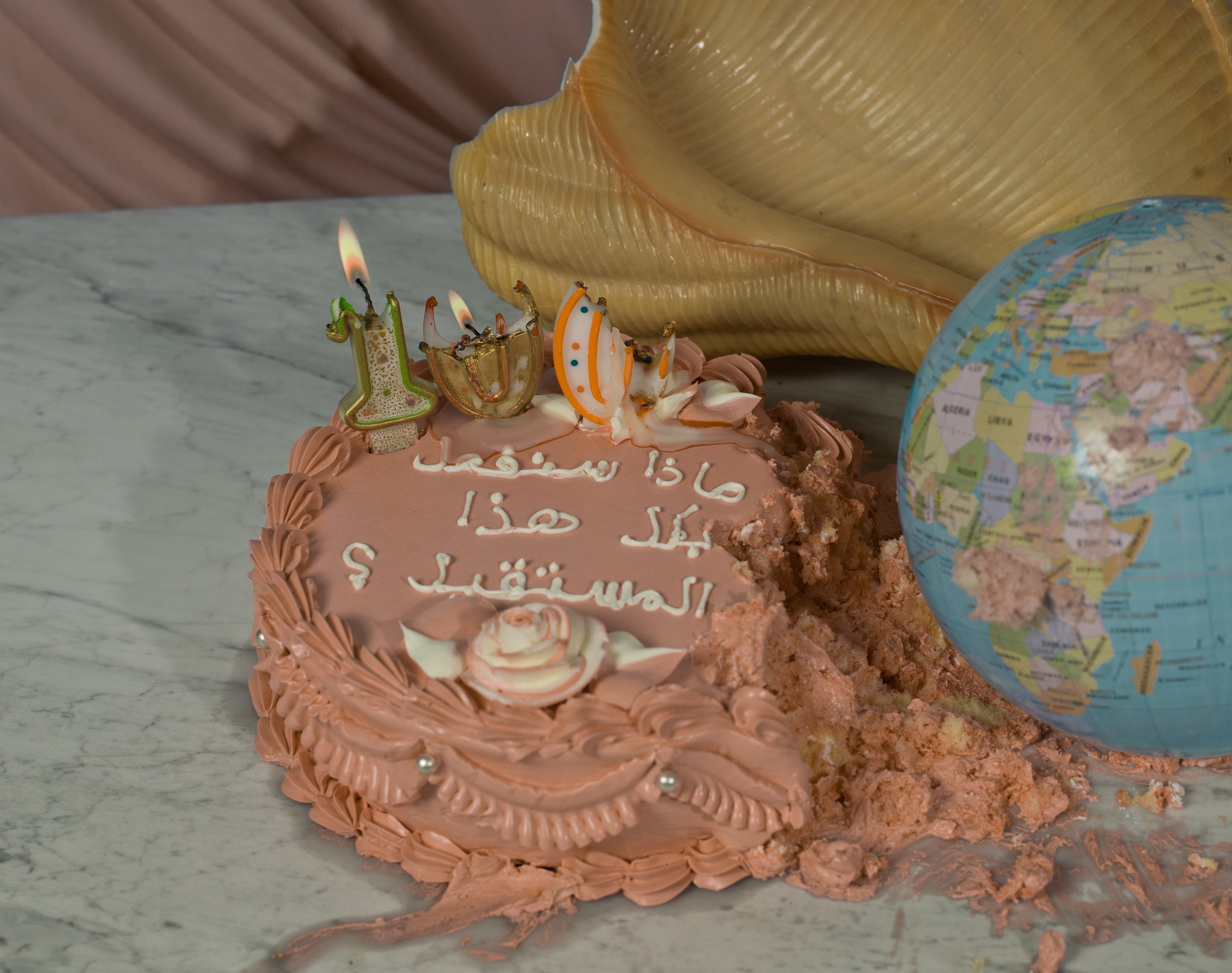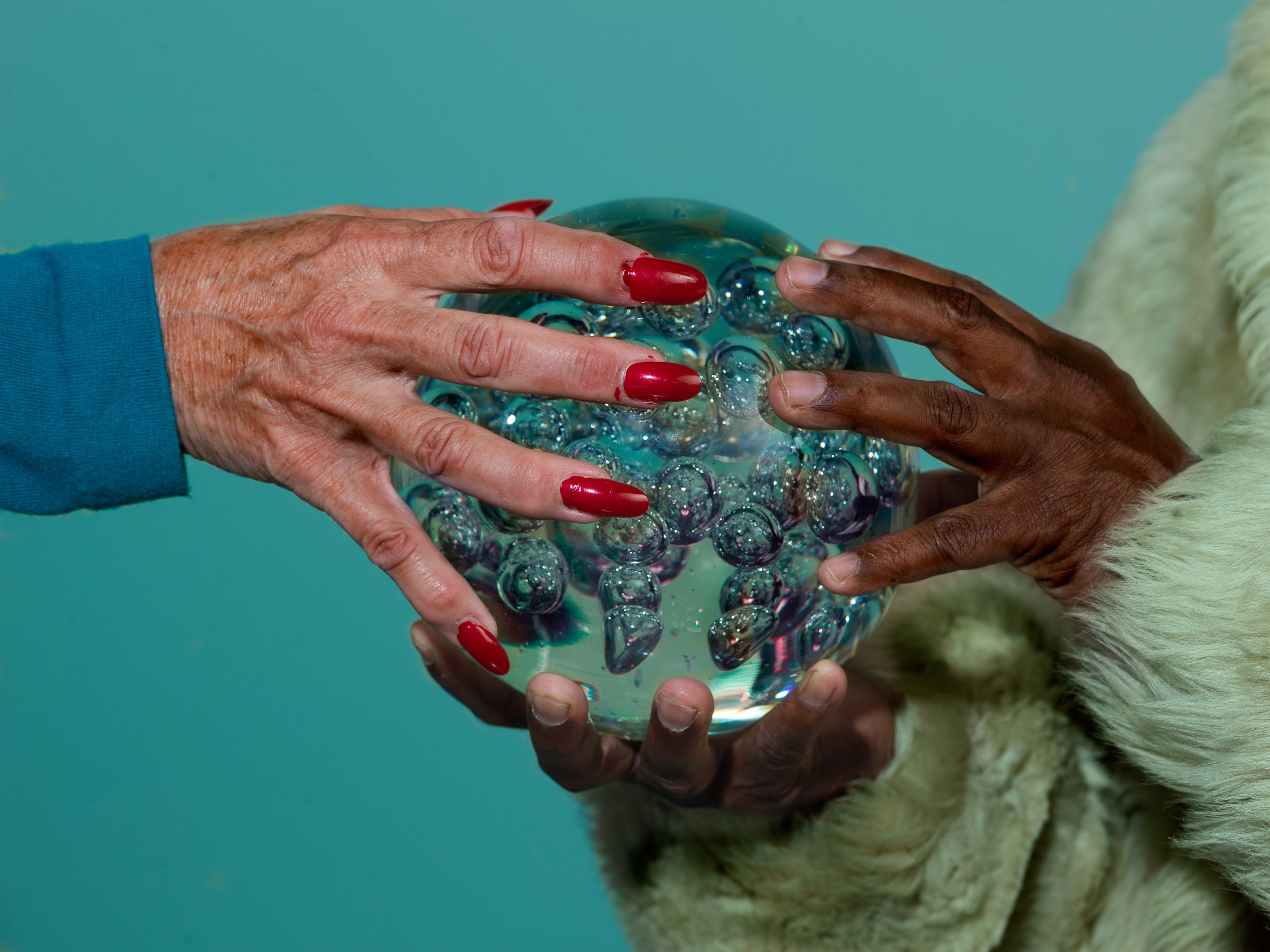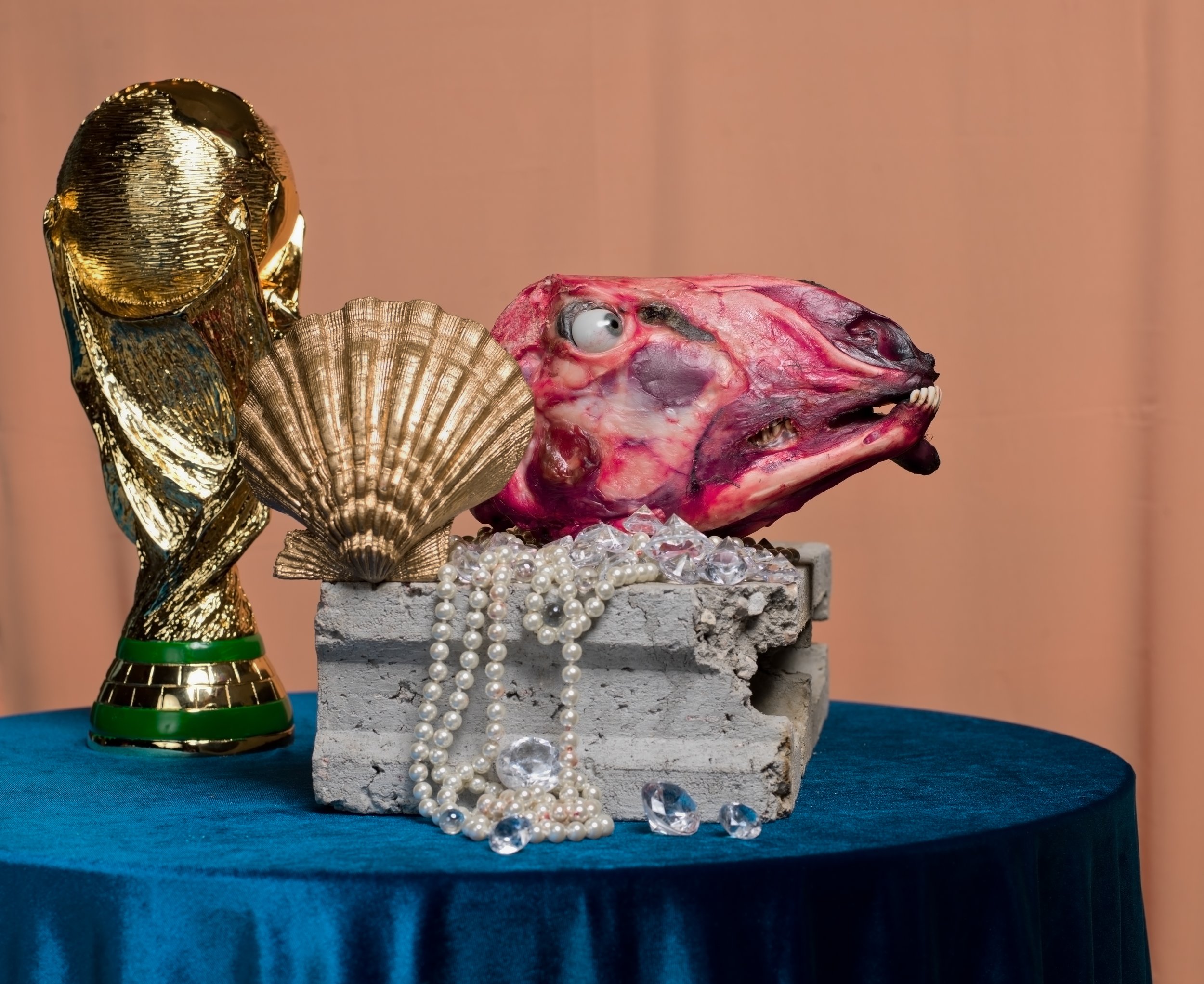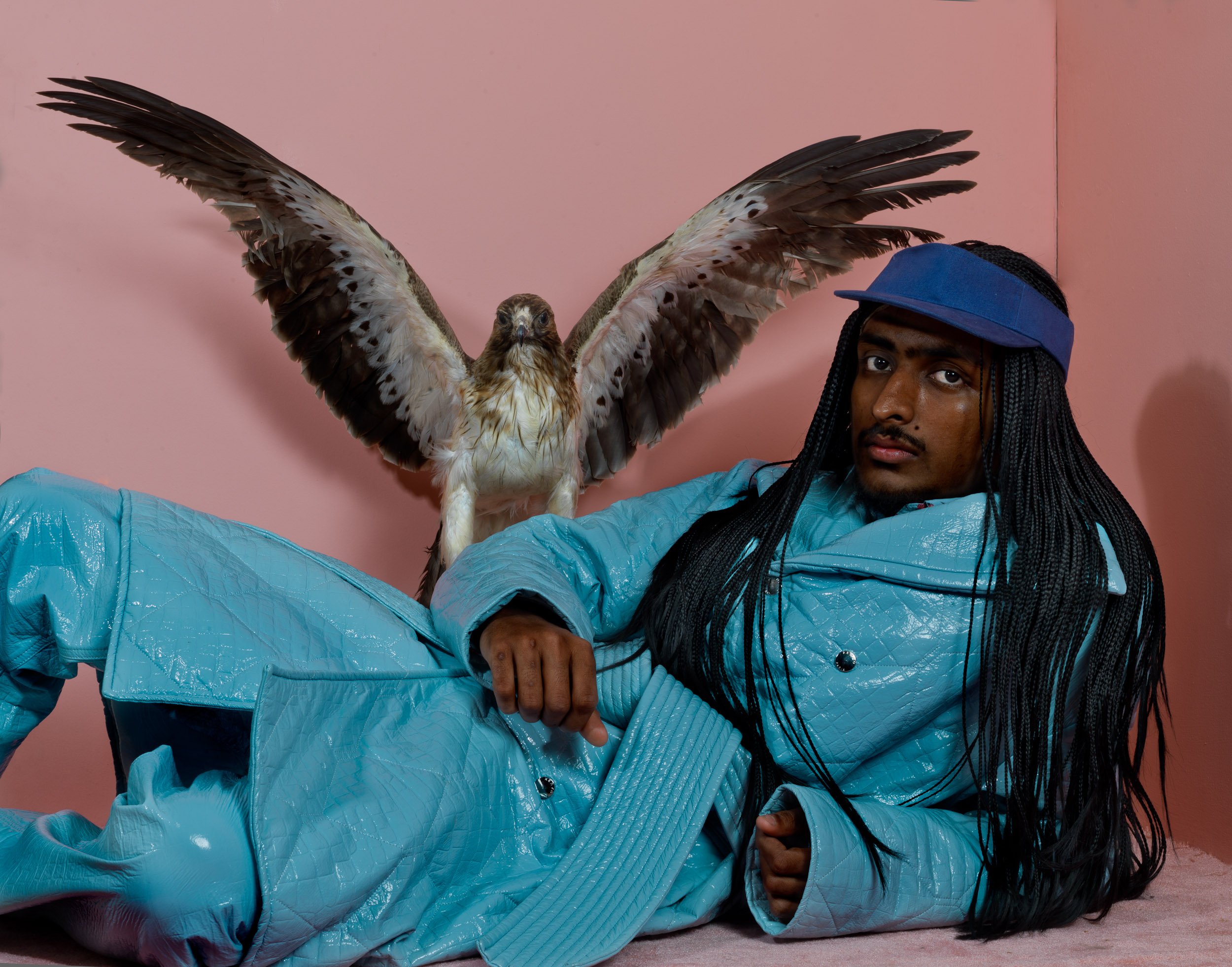CHRISTTO ANDREW - partners for art
christto andrew
Christto Sanz and Andrew Weir are creative partners with a future-kitsch aesthetic that has become their signature. Inspired by their lives in the Gulf – the opulent city of Doha in Qatar – and both their native countries (South Africa and Puerto Rico), their work threads on Orientalist fetishism, without really going there.
Tell us a bit about the duo behind the lens. How did you meet and what prompted you to start collaborating?
We started collaborating by helping each other out when we were both studying in Barcelona. We then started working as a duo and eventually decided to launch our own studio in Doha.
We were quite impressed with the art scene in Doha, the museums are done to perfection, and the focus on art is inspiring; what brought you to Qatar in the first place?
Andrew’s parents initially moved to the Gulf working in the oil and gas industry, which got him to spend a big chunk of his life there. He then moved to Spain to study which is where we met. Doha happened to be developing the art scene exponentially at the time which happened to be the perfect platform for us as emerging artists and we are eternally grateful to have been at the right place at the right time.
All these components come together to form this kitsch, complex and surreal aesthetic that is unique: it is both futuristic and rooted in tradition which has definitely inspired our style
Qatar is known for its opulence, whilst Danish design is notoriously minimalistic: how do you marry both influences, being based between both countries?
We like to think of our work as universal: a South African, Puerto Rican duo living and working in Doha both having studied in Spain is an unlikely mixture that we embrace and love to nurture by exploring those differences. We found a way to harmonize those seemingly opposing aesthetics simply by blending them together and being truthful to who we are and our artistic fabric: our roots. Minimalism and opulence are spectrums that we love navigating.
From the colors you use, to the hints of futuro-surrealism, your aesthetic is very unique. What is the inspiration behind it?
Living in the Persian Gulf has inspired much of our color palette to more subdued, beige-ey tones due to their omnipresence in the region. Qatar also has Bedouin influences, the sea which is a big part of the culture, along with the more recent architecture which is very futuristic. All these components come together to form this kitsch, complex and surreal aesthetic that is unique: it is both futuristic and rooted in tradition which has definitely inspired our style. We also both come from countries that have their own vibrancy/uniqueness and wanted to incorporate this into our work.
“We always end up finding a middle ground that is even better than both our initial thoughts – this is the essence of collaboration and why it’s so powerful; two minds are always better than one.”
Do you have one same process, or does it change according to the project you’re working on?
We don't really believe in a one fixed process. We may use a specific process for certain images that we want to create, but then change as we go: we have some fundamentals that we stick to, but we also like to experiment with materials and new techniques so we don't limit ourselves, and the work stays fresh. We are currently working more with sculptures and developing exciting stuff.
How do you agree on a theme before starting a new project, and how do you navigate creative differences (assuming there are any hah!)
We don’t always see eye to eye. But because we’ve known each other for so long, we are familiar with how the other thinks, and we find ways to agree on most ideas and themes. It is so important for us to be both completely on board, even if that means having a few compromises here and there. We always end up finding a middle ground that is even better than both our initial thoughts – this is the essence of collaboration and why it’s so powerful; two minds are always better than one.
What do you think of where the art world is heading, and do you think art has a role in affecting change in the world?
We absolutely think so! We feel that art needs to serve a purpose even if that purpose is to simply provide aesthetic pleasure. The past year spent in confinement has taken a toll on the art world, especially art fairs, exhibits and museums. It has also been an opportunity to carve out time to create more, and think about things like “how art can impact the societies we live in”. We have been fortunate enough to continue producing work and to live safely in comfortable environments; things we no longer take for granted. Art might not always drive change, but the intention of doing good is there. It’s like the saying “be the change you want to see in the world”, and we try to always be immersed in art.
Interviewed by philippe ghabayen

